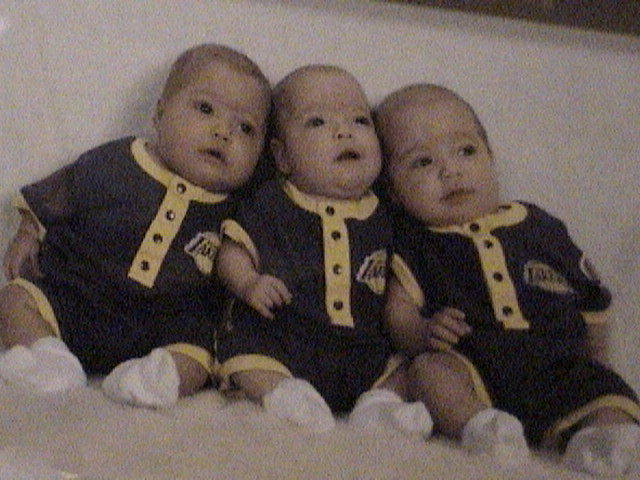 From CNET:
From CNET:A reusable, lightweight suit could help save the lives of thousands of women in poor countries who die each year during childbirth, researchers said on Monday.
The garment, which resembles the bottom half of a wetsuit, restores blood flow to vital organs in women in shock and suffering from obstetrical hemorrhaging, or bleeding, during the birth.
In a pilot study of 364 women in Egypt, the nonpneumatic, anti-shock garment, or NASG, reduced death and severe illness by 69 percent, according to the researchers.
"These results are dramatic, particularly given that the NASG can be easily applied by anyone. No medical training is necessary," said Suellen Miller, a maternal health expert at the University of California, San Francisco, who conducted the study.
Hemorrhaging is a leading cause of maternal deaths. About 30 percent of the more than 500,000 mostly poor women who die during childbirth each year suffer from hemorrhaging.
Women in poor countries often give birth at home with little or no trained assistance. When a woman hemorrhages, blood accumulates in the legs and abdomen depriving the brain, heart and lungs of oxygen.
The suit, which consists of five segments with Velcro, pushes blood from the lower parts of the body back to the vital organs. It is designed to keep a woman alive until she can be treated at a hospital.
Miller and her team said that within minutes of applying the suit, the women regained consciousness and their vital signs returned to normal.
The results were never that great for trauma patients, but I suppose it's worth a try for this population.
Medicine Tag
Health Tag






























